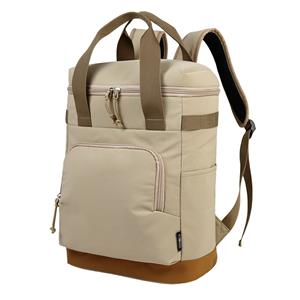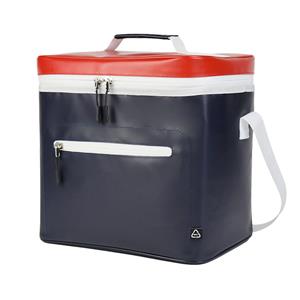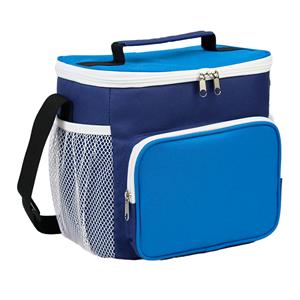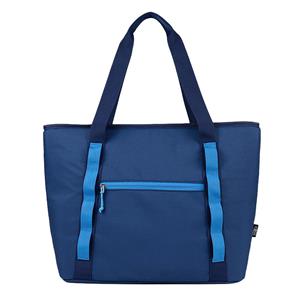- Corporate News
- Industry News
- Blog
- Product news
The Sustainable Tote Bag: A Fusion of Eco-Friendly Materials and Practical Design
In today’s world, where environmental consciousness is increasingly shaping consumer choices, the demand for sustainable products has never been higher.
The tote bag showcased in the image is a prime example of how innovative design and eco-friendly materials can come together to create a product that is both functional and environmentally responsible.
This article delves into the features of this remarkable tote bag, exploring how it embodies sustainability while offering practical solutions for everyday use.
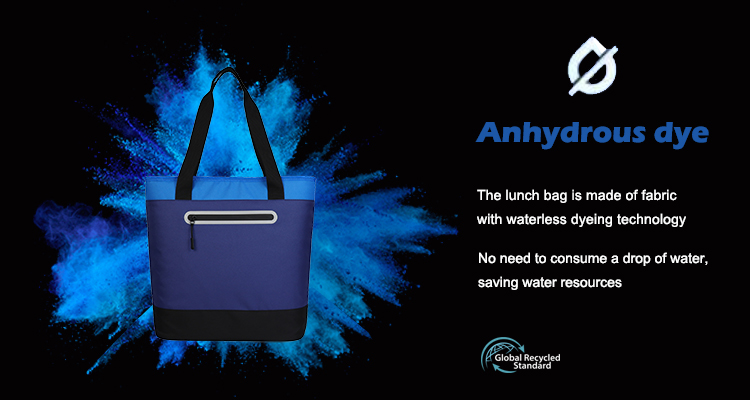
Sustainable Production Practices: Beyond Materials
The environmental impact of a product extends beyond its materials to encompass the entire production process. For a tote bag to truly be sustainable, it must adhere to eco-friendly manufacturing practices:
Energy-Efficient Production
Facilities that produce sustainable tote bags often employ energy-efficient technologies and renewable energy sources such as solar or wind power. This reduces greenhouse gas emissions associated with manufacturing and aligns with global climate goals.
Ethical Labor Practices
Sustainability is not limited to environmental concerns but also encompasses social responsibility. Ethical production ensures fair wages, safe working conditions, and compliance with labor rights for factory workers. Certifications such as Fair Trade or B Corp provide assurance that the product meets high social and environmental standards.
Minimal Waste and Recycling Programs
Sustainable brands strive to minimize waste during production by optimizing material usage and recycling scraps. Some companies even offer take-back programs, allowing consumers to return old bags for recycling, thereby closing the loop on the product lifecycle.
Versatility in Use: A Bag for All Occasions
The sustainable tote bag’s design and features lend it versatility across a wide range of uses:
Daily Shopping
With its spacious interior and reinforced handles, the tote bag is perfect for grocery shopping. It can accommodate vegetables, fruits, dairy products, and packaged goods while keeping them organized and protected. The water-resistant fabric ensures items stay dry even in damp environments.
Commuting and Travel
For daily commutes or short trips, the tote bag provides ample space for essentials such as laptops, notebooks, snacks, and a water bottle. The front zipper pocket keeps valuable items secure, while the comfortable handles make it easy to carry alongside a backpack or suitcase.

Outdoor Activities
Whether heading to the beach, park, or hiking trail, the tote bag serves as a reliable companion. Its durability withstands outdoor elements, while the reflective strip enhances safety during evening outings. It can carry towels, sunscreen, snacks, and other essentials needed for outdoor adventures.
Gift Giving and Promotional Use
The tote bag’s stylish design and sustainable features make it an ideal gift for eco-conscious friends and family. Additionally, businesses can customize the bag with logos or slogans to promote their commitment to sustainability, turning it into a practical marketing tool.
Environmental Impact: Making a Difference with Every Use
By choosing a sustainable tote bag, individuals contribute to environmental conservation in several ways:
Reducing Plastic Pollution
Single-use plastic bags are a major source of environmental pollution, clogging waterways, harming wildlife, and persisting in landfills for centuries. Replacing plastic bags with reusable tote bags significantly reduces plastic waste and its associated impacts.
Lowering Carbon Footprint
The production of sustainable materials like recycled polyester and organic cotton typically generates fewer carbon emissions compared to conventional materials. Additionally, waterless dyeing and energy-efficient manufacturing processes further decrease the bag’s carbon footprint.
Promoting Circular Economy
When tote bags are made from recycled materials and designed for longevity, they support the principles of a circular economy. At the end of their lifecycle, many sustainable bags can be recycled or repurposed, minimizing waste and resource depletion.

